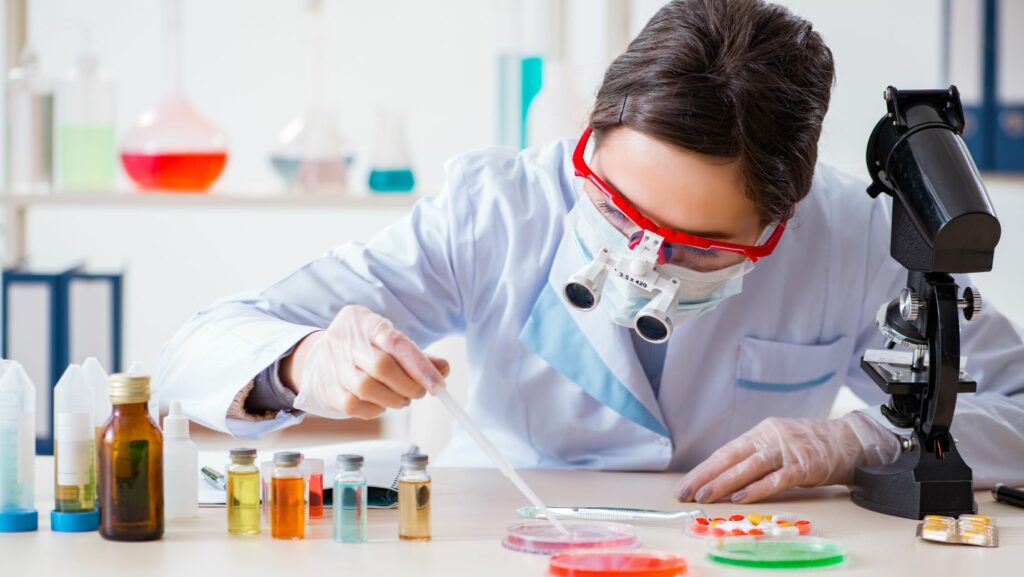
In the intricate landscape of drug development, the preclinical phase takes center stage, serving as a crucial prelude before the clinical trials spotlight. It is the backstage realm where feasibility, iterative testing, and safety evaluations unfold for potential game-changing candidates such as prescription drugs, new medical devices, and diagnostics.
The primary goals of preclinical studies are pragmatic: to establish a safe starting dose for the first human study and to scrutinize the potential toxicity of the product. It’s a meticulous process, akin to the rehearsal before the main performance.
Varieties of Preclinical Research
Different product classes undergo distinct types of preclinical research. Prescription drugs, for instance, undergo a battery of tests, including pharmacodynamics (how the drug affects the body), pharmacokinetics (how the body processes the drug), ADME, and toxicology testing.
Each acronym represents a strategic step towards determining a safe starting dose for clinical trials in humans to stay healthy. To find out the many varieties of preclinical research, you can read more at Oncodesign-Services.com.
On the other hand, medical devices often take a more direct route, skipping some tests and moving straight into good laboratory practices (GLP) testing for safety. Biocompatibility testing becomes a crucial aspect for medical devices, revealing whether each component can endure within the living model of the human body.
In The Lab And On The Stage: Animal Testing
Enter the essential participants in the preclinical narrative: laboratory animals. Chosen for their role in bringing the script to life, these animals, whether murine, canine, primate, or porcine, contribute significantly to the unfolding drama. The selection of species and subsequently the medical equipment is a strategic decision based on achieving the best correlation to human trials.
Animal testing involves a careful dance between species, considering differences in anatomy, enzyme activity, circulatory systems, and other factors. Each species, be it rodents, canines, or others, plays a specific role in the performance.

Navigating The Harmonious Struggle of Animal Ethics
As the plot thickens, ethical considerations take center stage. The reduction of animal testing for both ethical and cost reasons is a welcomed subplot in recent years. Yet, the partnership with animals continues, driven by the necessity of similarity in anatomy and physiology for diverse product development. Regulatory guidelines demand safety testing in at least two mammalian species, including one non-rodent species, before authorizing human trials.
In the vast theater of drug development, the preclinical phase is a strategic exploration, a prelude to the main act of clinical trials. It is a meticulous process that blends science, ethics, and strategic considerations, setting the stage for the next chapter in the journey of medical progress.












